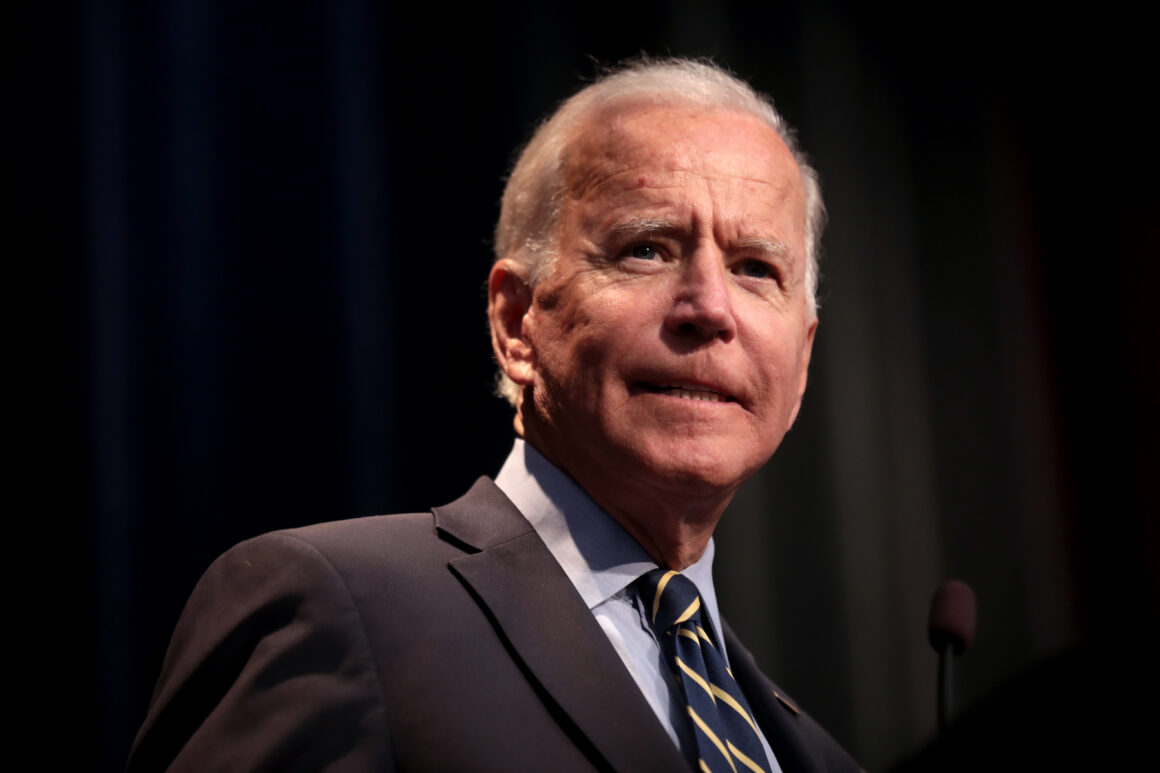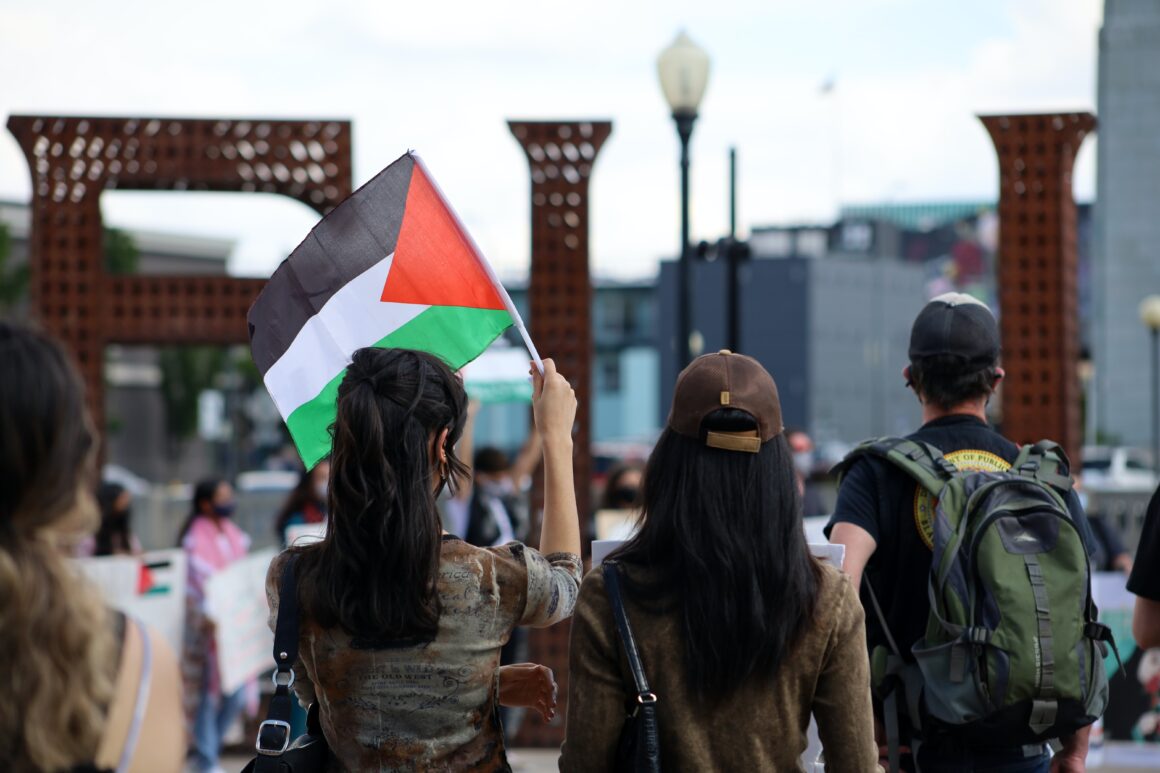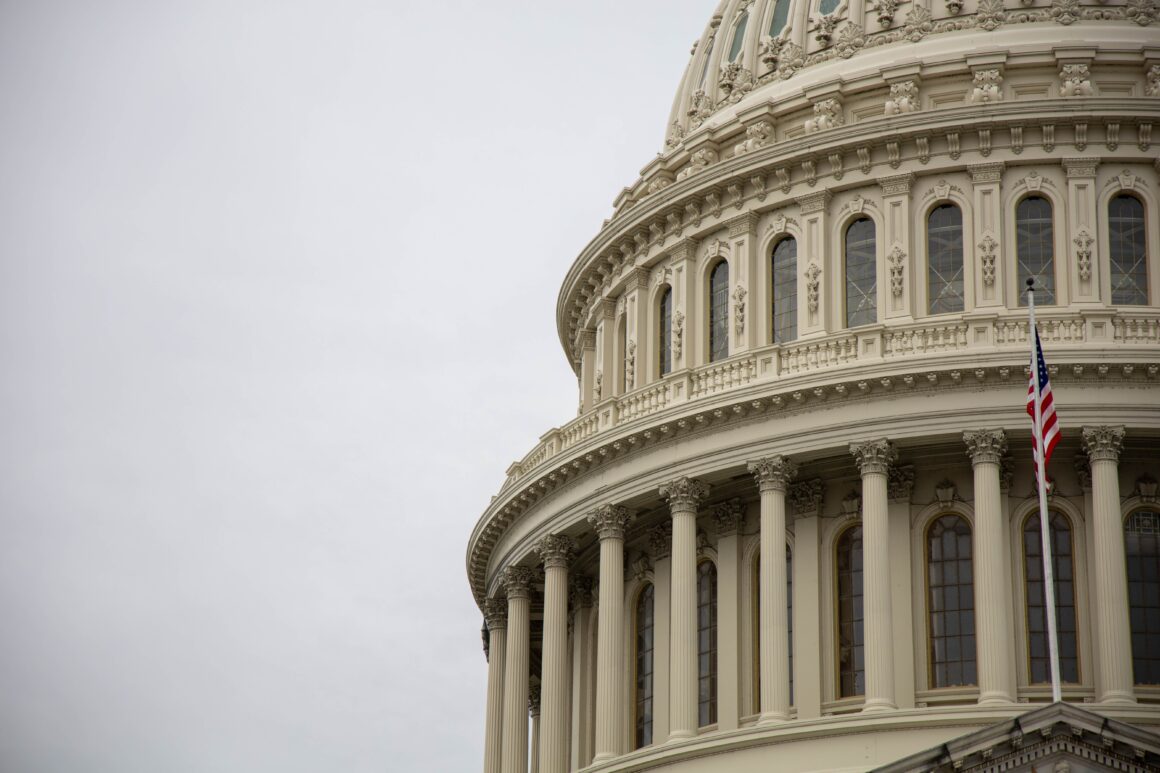The Panama Paper leaks continue to reveal new findings of the world’s most elite and important figures. In many ways, this is the most important and most historic form of journalism in modern society, as us regular taxpayers continue to learn a truth that has been out of sight for years; rich people live under a different set of rules than non-rich people.
In many ways, this is completely legal. However, it tests the boundaries of democracy and has created a whole new division between social classes. Society’s trust and relationship with politicians was already bad enough, but now the Panama Papers are going to show the whole world how the world’s most powerful players use their money …and how they hide it.
According to the Guardian, which is partnered with the ICIJ (International Consortium of Investigative Journalists), The Panama Papers is an unpredictable leak of 11.5 million files from a database of one of the biggest offshore law firms. These records come from an anonymous source from a German Newspaper Süddeutsche Zeitung, which shared their findings to the ICIJ. The ICIJ then shared it with their large network of partners; the Guardian, the BBC and the New York Times. Just last year, this group of journalists released documents that led to the resignation of one prime minister in Iceland and revealed the wealth of people close to Vladimir Putin.
What are the Panama Papers?
The Panama paper scandal summed up short and sweetly is the product of journalist’s from all over the world who have been collecting and piecing together information that entices how wealthy politicians, drug dealers and other successors hide their money in Panama.
Everyone knows that when you hide money it’s usually because you want protection, but most importantly secrecy.
In Panama, large sums of cash aren’t as curious as they are in countries that have very structured tax laws – supposedly. Therefore, these billionaires hold their money in places like Panama to avoid steep tax laws and questions about where their money came from. It also makes the connection between money and investing in something illegal more blurry.
The International Consortium of Investigative Journalists worked with additional media outlets worldwide to publish a massive leak of documents involving accusations against everyone from Jackie Chan to Vladimir Putin. They claim that there are more than 11 million documents to track that are connected to a Panama Law Firm called Mossack Fonseca.
What Will Come of This?
No one can really be too sure. This leak is bigger than both Snowden in 2013 and WikiLeaks in 2010, and is made of 2.6 terabytes of information drawn directly from Mossack Fonseca’s internal database. Just this week, the leaks reveal that Yuri Milner, one of Silicon Valley’s most important investors, received hundreds of millions of dollars in funding from Kremlin. These documents show that Milner’s investments in Twitter relied on money from VTB; a bank controlled by the Russian State. Milner is also an investor in Cadre, an NY-based real estate technology company founded by Jared Kushner; the son-in-law of Trump and White House Advisor.
This same week, the papers revealed that Wilbur Ross, Trump’s commerce secretary invested in a shipping company whose top clients include a Russian firm controlled by an oligarch facing sanction and Putin’s son-in-law. This has sparked a huge concern about inequality of the social classes, causing political debate. The power that the Panama Papers has is substantial, and truly proof that even after Trump; journalism can fight back.




